
views
Silly Putty
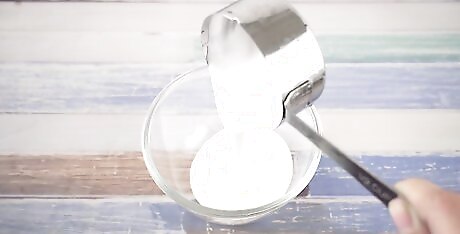
Pour 4 oz (120 ml; 4 fl oz) of non-washable school glue into a bowl. Silly putty is stretchy, bouncy, and fun, and it’s super easy to make! To start, measure out about 1/2 cup (120 ml; 4 fl oz) of school glue into a medium-sized plastic bowl. For the best results, use non-washable glue. However, you can use white, clear, or even glittery glue if you like! School glue is often sold in approximately 4 oz (113 ml) containers, which hold about 1/2 cup (120 ml; 4 fl oz) of glue. If this is the size you have, you can just pour out the whole bottle.
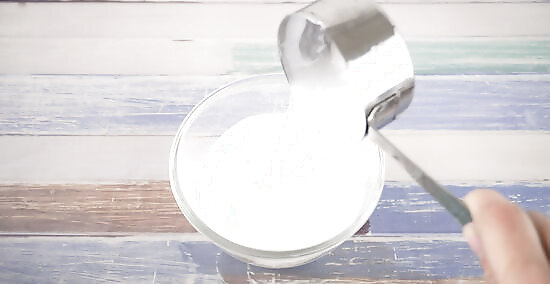
Add 1/2 cup (120 ml; 4 fl oz) of water and stir until the mixture is completely smooth. You’ll need an equal mixture of glue and water to get the perfect silly putty, so measure out 4 oz (120 ml) of water and pour it into the bowl. Then, use a spoon, fork, or whisk to stir the glue and water together until they’re completely blended. The water doesn’t have to be hot for this step. Regular room temperature tap water is fine. If you poured out a whole bottle of glue, just fill the bottle with water for an easy way to measure!
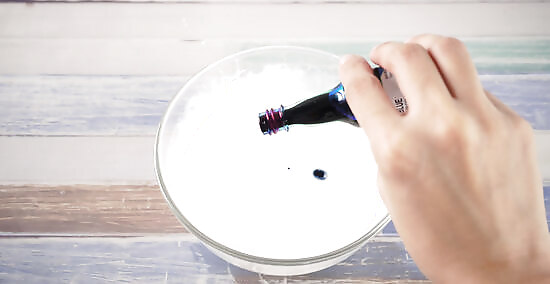
Stir in 2-4 drops of food coloring if you want colored putty. You can make your putty any color you want! Just add a few drops of food coloring to your glue and water mixture and stir everything together well. Tip: Get creative with your colors! Try mixing 2 drops of blue food coloring with 1 drop of green to get a cool teal color, for instance, or mix 2 drops of yellow with 2 drops of red to get orange putty.
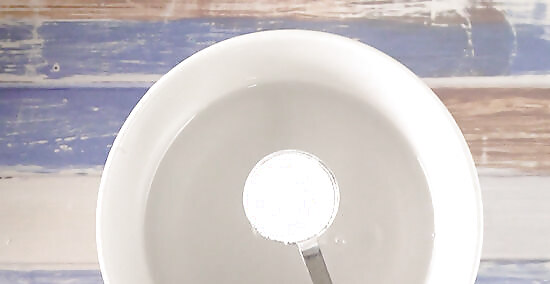
Dissolve 1/2 tsp (4 g; 0.14 oz) of Borax in 1/4 cup (60 ml; 2 fl oz) of hot water. Scoop out about 1/2 tsp (4 g; 0.14 oz) of Borax powder and add it to 1/4 cup (60 ml; 0.14 fl oz) of hot water in a small cup or bowl. Then, stir the mixture vigorously with a spoon until the Borax granules have dissolved. You can use the hottest water from your tap for this. Borax is a cleaning agent that’s sold at most grocery stores. It’s relatively mild, but some people do experience some skin irritation when they handle it. Also, be sure to supervise any children when they’re around Borax, and do not let them eat this silly putty.
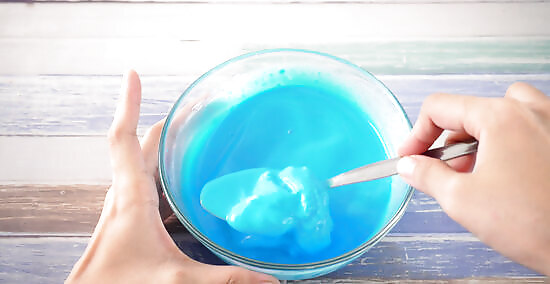
Pour the dissolved Borax into the glue mixture and stir it together. When you start stirring all of the ingredients together, you’ll see them reacting almost immediately. At first, it will look like the glue is clumping together, but keep stirring until you get a ball of putty with a relatively even consistency. There may be some water left in the bottom of the bowl when the putty forms. That’s normal and you don’t have to try to work it into the dough.
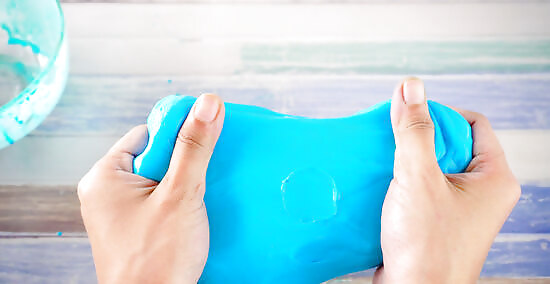
Knead the mixture until it turns stretchy. Pick up the ball of putty and work it with your hands, pulling, squishing, and rolling it for about a minute. Before long, you should notice that the putty stretches when you pull it slowly, but it should also return to its shape easily. The silly putty will also snap if you pull it apart sharply, and it will even bounce if you drop it onto the table! If you have sensitive skin, you may need to wear gloves while you’re kneading the putty. The excess Borax could irritate your hands. However, once you finish making it, silly putty isn’t likely to cause any irritation.
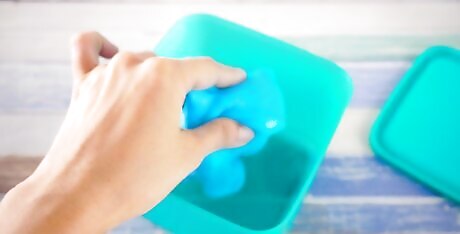
Store the putty in an airtight container. When you’re finished playing with your silly putty, put it in a resealable plastic bag or a plastic container. If you’d like, you can also wrap the putty in clear plastic wrap before you put it in the container. This will help seal out any air, so your putty will last longer. You can even keep your putty in a plastic egg if you want it to seem more like store-bought silly putty! Unlike real silly putty, this product will dry out within a few days. However, storing it in an airtight container will slow this process.
Putty for Spackling
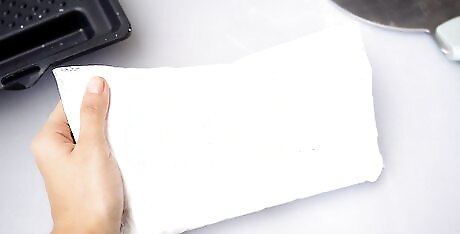
Purchase a bag of basecoat plaster. If you’re working on a home improvement project and you need to fill holes, you can make an inexpensive version of spackling putty in just a few minutes! Visit a home improvement store and buy a bag of basecoat plaster, which will likely be near the drywall supplies. If you can, choose the kind that takes 45 minutes to set, often called “Basecoat 45.” That will give you plenty of time to fill the holes, but the mixture will harden quickly once you’re finished. Basecoat plaster is typically sold in 25 lb (11 kg) or 50 lb (23 kg) bags. Although you won’t need that much for most projects, it’s inexpensive and will keep indefinitely.
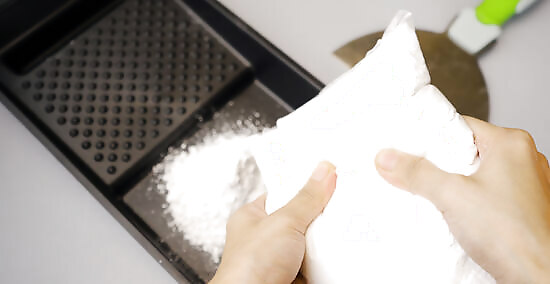
Pour a handful of plaster onto the tray and make a well in the center. The measurement for this doesn’t have to be exact, but you’ll probably need about 1/4 cup (50 g) of the basecoat plaster. It will be easier to mix on a flat surface, so pour the powder in a pile on the top of a plastic paint lid or a similar tray with slightly raised sides, then use your finger to make a dip in the center of the pile. You should have a shape sort of like a volcano when you’re finished.
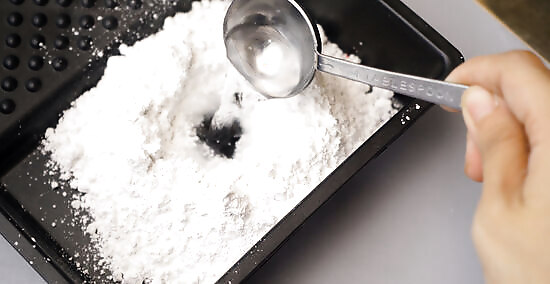
Pour a small amount of water into the center of the well. Since plaster absorbs moisture from the environment, the exact amount of water you’ll need for this will vary. Start by adding about 1–2 US tbsp (15–30 mL) of room-temperature water to the center of the well. If the mixture seems too dry when you mix it together, you can add more water. While you can add more plaster if the mixture gets too runny, you might end up making more putty than you need. To avoid wasting excess putty, it's best to start with less water than you think you'll need, then gradually add more.

Use a drywall scraper to fold the water into the plaster. Cut, scrape, and spread the basecoat plaster and water to mix them together. As you do that, you should notice a putty starting to form. Keep mixing until you have a smooth, spreadable consistency. The putty should be easy to spread, but it should still hold its shape. If the mixture is too thick, add more water, a little at a time. If it’s too runny, add more basecoat plaster.
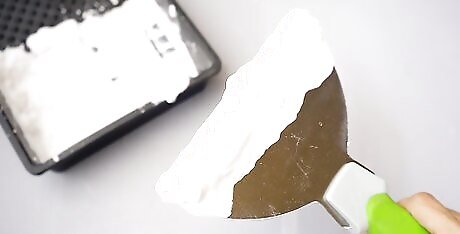
Use the putty within 45 minutes. To use your putty, press it into a hole in the wall, then scrape it to create a smooth, flat surface, and let it dry. When it’s completely hardened, sand away any bumps, then paint over the plaster and enjoy your handiwork! Throw any leftover putty in the trash. Just need to fill a small hole? If you only need to fill a hole that's ⁄8 in (0.32 cm) or less, try spreading white, non-gel toothpaste across it for a quick fix!
Craft Putty (Sticky Tack)
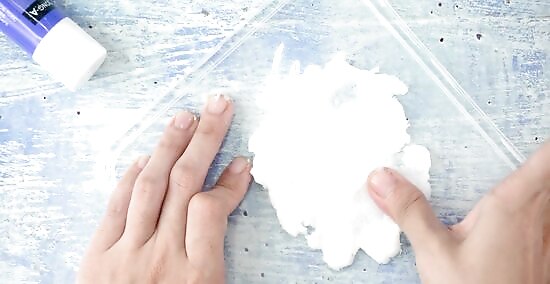
Spread the glue from a glue stick all over a flat surface. Choose a flat, non-porous material to spread your glue onto, like the lid to a plastic container. You can use as much or as little glue stick as you want for this project. Although it may shrink slightly as it dries, the amount of glue you use will be roughly equivalent to the amount of craft putty you end up with. This is a great way to use the leftovers in the bottom of a glue stick. Just use a craft stick or toothpick to scoop the remaining glue out of the plastic at the bottom of the container. Although this project takes several days to complete, it’s easy and fun, and anyone can do it! Tip: You can also spread white glue across plastic wrap, and freeze it overnight. Stretch it and let it sit at room temperature for about an hour, then return it to the freezer. Repeat this for several days.
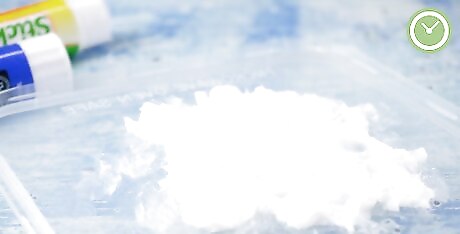
Let the glue dry for about 1 day. Put the plastic lid somewhere that it won’t be disturbed, like on a countertop or your desk. Leave it alone for a whole day; otherwise, it might not dry correctly. If you’re worried that dust, animal hair, or other debris might get into your glue, you can cover the container, although it might take a little longer to dry.
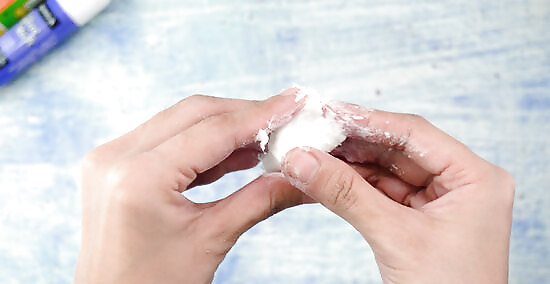
Peel the glue off of the lid and stretch it, then put it back. After the first day, use your fingers to roll and peel the glue into a ball, then lift it off the lid. It will still feel sticky, but it will be slightly harder than you started with. Play with the glue for several minutes, working the dried parts and the soft parts together until they’re mixed thoroughly. When you’re finished, spread it back onto the lid and put it back in its original spot. Working the glue at this point will help it to dry more evenly.
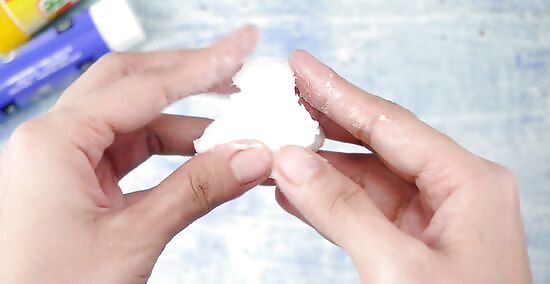
Repeat the stretching and drying process for 2-3 more days. Depending on how quickly the glue dries, you’ll likely need to leave it to dry for 2 more days, although it could take 3. Be sure to stretch and work the glue at least once a day during the process to make sure the outside doesn’t harden before the inside. Your craft putty will dry more quickly if you live somewhere warm and dry, and it will dry more slowly if the environment is cool and wet. In some cases, your glue may even be ready the second day.
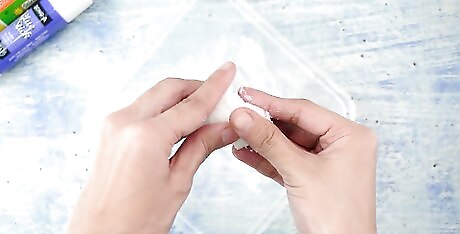
Use your putty when it becomes stretchy. When it’s ready, your craft putty will stretch easily, and it won’t feel sticky to the touch. However, your craft putty will stick when you press it to a wall, so feel free to use it to stick paper or posters to your wall. The putty should tear or snap if you pull it sharply, so it’s easy to use just a small amount for your project! You can store your craft putty at room temperature. It will harden over time, but it should soften again when you knead it. However, it will gradually pick up bits of dust and debris, which will also cause it to harden. When you can no longer knead your putty and it starts to look dark, it's time to make a new batch!

















Comments
0 comment